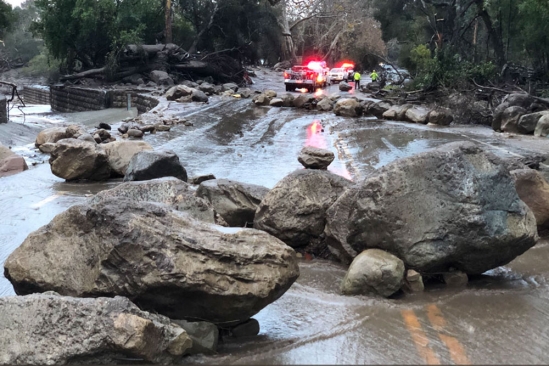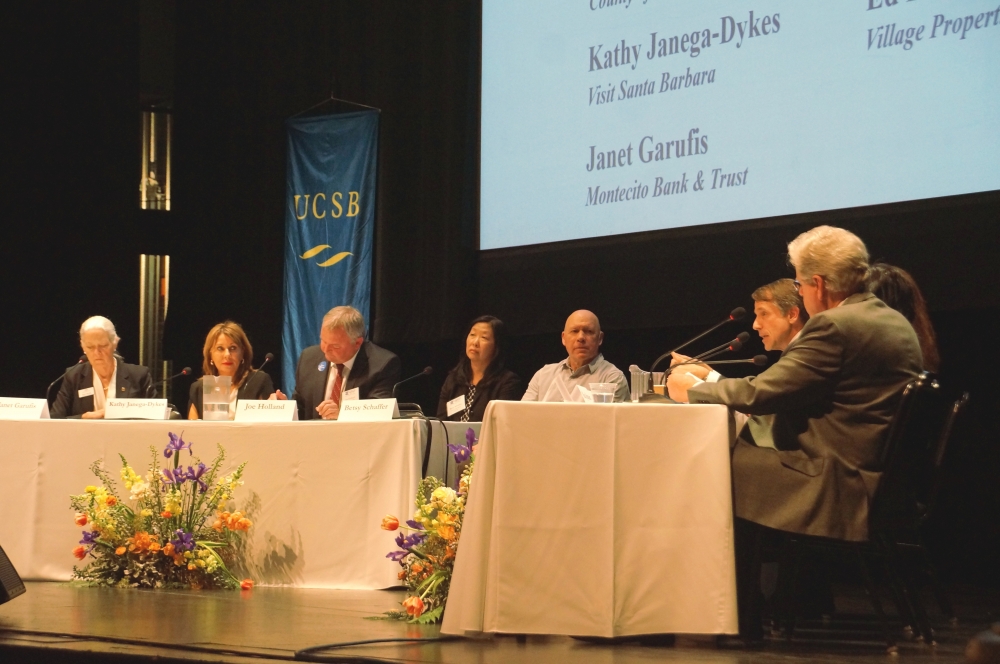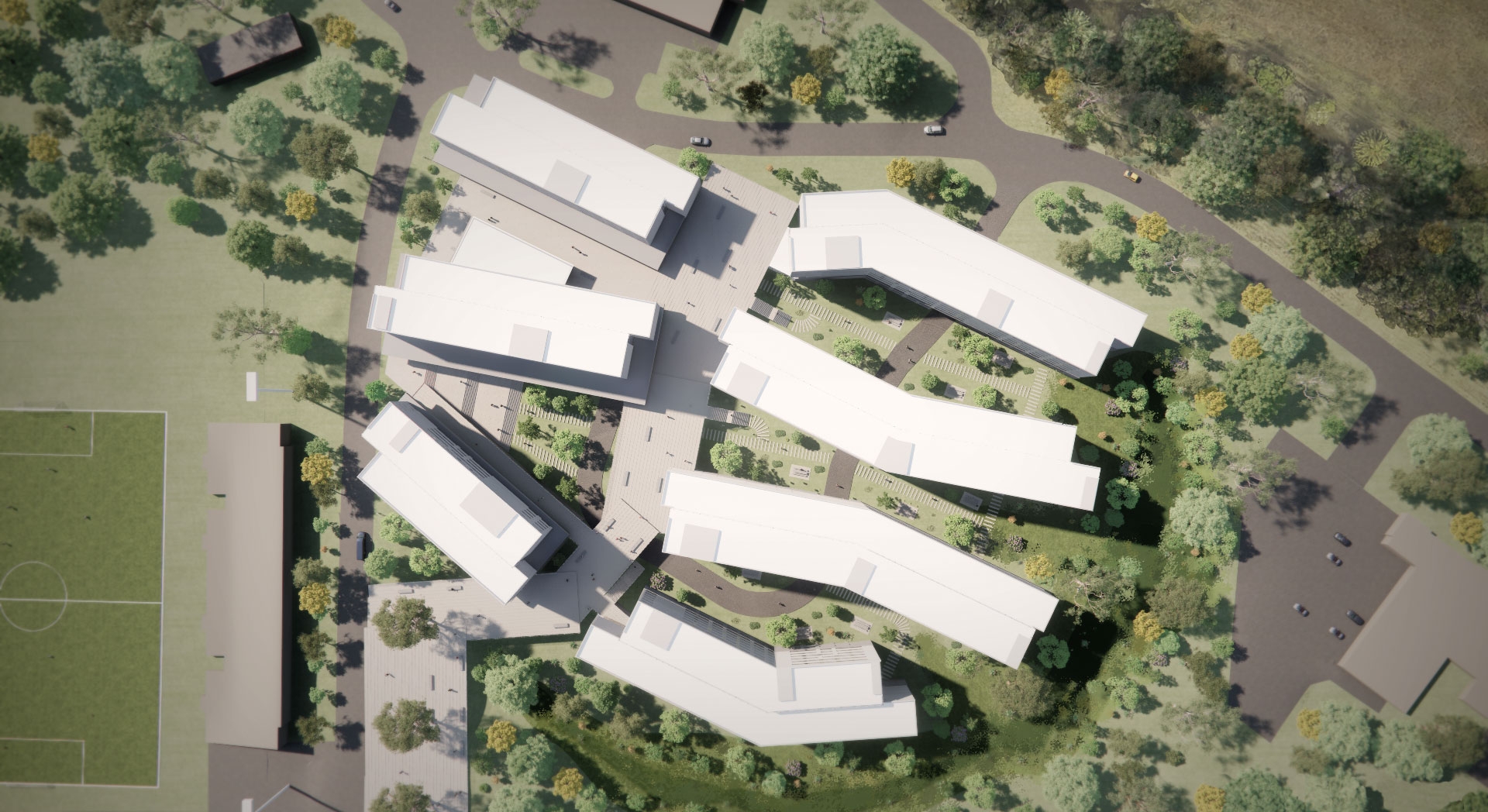What Now?
Three months after the Thomas Fire and the subsequent debris flow that swept through Montecito, the tourism-dependent South Coast continues to feel the fiscal effects of the two disasters.
The cost of cleanup, the potential for decreased property values and the effects of lost business due to the temporary closure of Highway 101 are among concerns brought to the fore Wednesday, March 28, at “What Happened and What Now, ” the UC Santa Barbara Economic Forecast Project’s wide-ranging discussion at the Lobero Theatre. The afternoon presentation opened with an overview by UCSB economist Peter Rupert, followed by perspectives from state and local municipal officials, and business, tourism and neighborhood representatives.
The prevailing mood was one of “learning-as-we-go,” as each speaker outlined their respective responses to unprecedented disaster in the area. Local businesses were hit hard by the events of December and January, and that translated into revenue loss as well as, in many cases, permanent job cutbacks.
“These are very large effects,” Rupert said. However, most of the businesses surveyed reported not having to close or move.
In the municipal sector, representatives from Santa Barbara city and county reported having to dip into reserves to fill funding gaps. Millions were spent not just in the emergency responses to the fire and flood, but also in post-disaster cleanup, including the rebuilding of roads.
Property tax revenues are declining, noted Assistant County Auditor and Controller Betsy Schaffer. Hotel taxes, meanwhile, are up, due in part to a 2-percent transient occupancy tax increase and a higher occupancy rate during the disasters, which brought emergency personnel and displaced families to local hotels.
In terms of property values, it’s still early to tell the extent to which they may be affected in the Montecito area, which bore the brunt of the torrential rains that came shortly after the fire. The debris flow swept through a large section of the community and its business district. And, according to County Clerk, Recorder and Assessor Joe Holland, efforts to determine property lines in the most affected areas of the debris flows are particularly challenging due to the nature of the terrain. Properties deemed completely unsafe — such as ones caught up in the brunt of the flows — will likely lose all their value, he said, stressing that the data is still to come.
Similarly, California Insurance Commissioner Dave Jones said all the numbers have yet to come in for insurance claims filed as a result of the twin disasters. As an early indicator, however, he noted that the 2017 fire season was “collectively the most catastrophic event” in California in terms of damages to property. Jones said he hasn’t yet seen people have inordinate difficulty acquiring property insurance, though he anticipated increasing challenges as regions previously deemed safe (such as those in Sonoma County) are redesignated with higher risk values.
Meanwhile, the effort to pick up the pieces is in full swing, reported Kathy Janega-Dykes of Visit Santa Barbara. Along with Megan Orloff of Montecito Association, she exhorted the community in attendance to promote local business in the tourism-reliant region.
“We’ve suffered a substantial economic blow but we really do believe that brighter days are up ahead,” she said.





